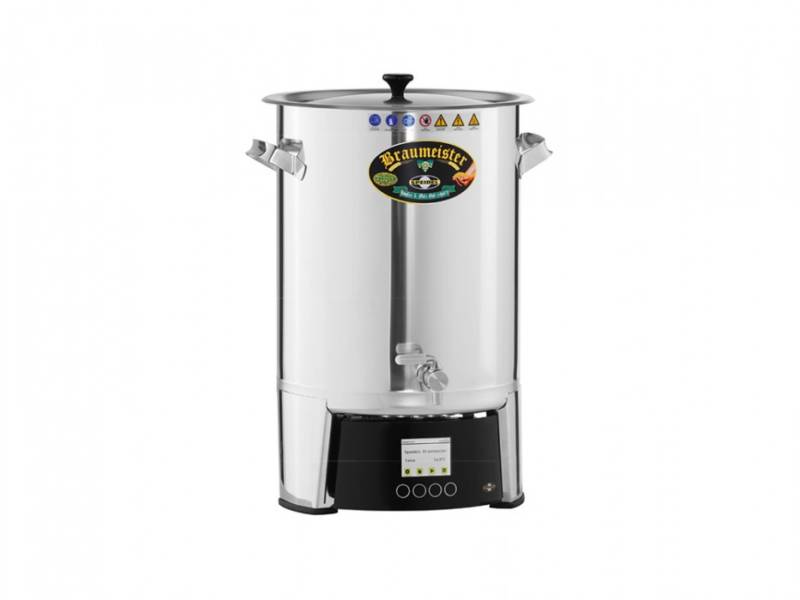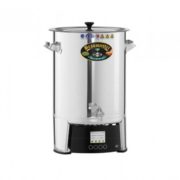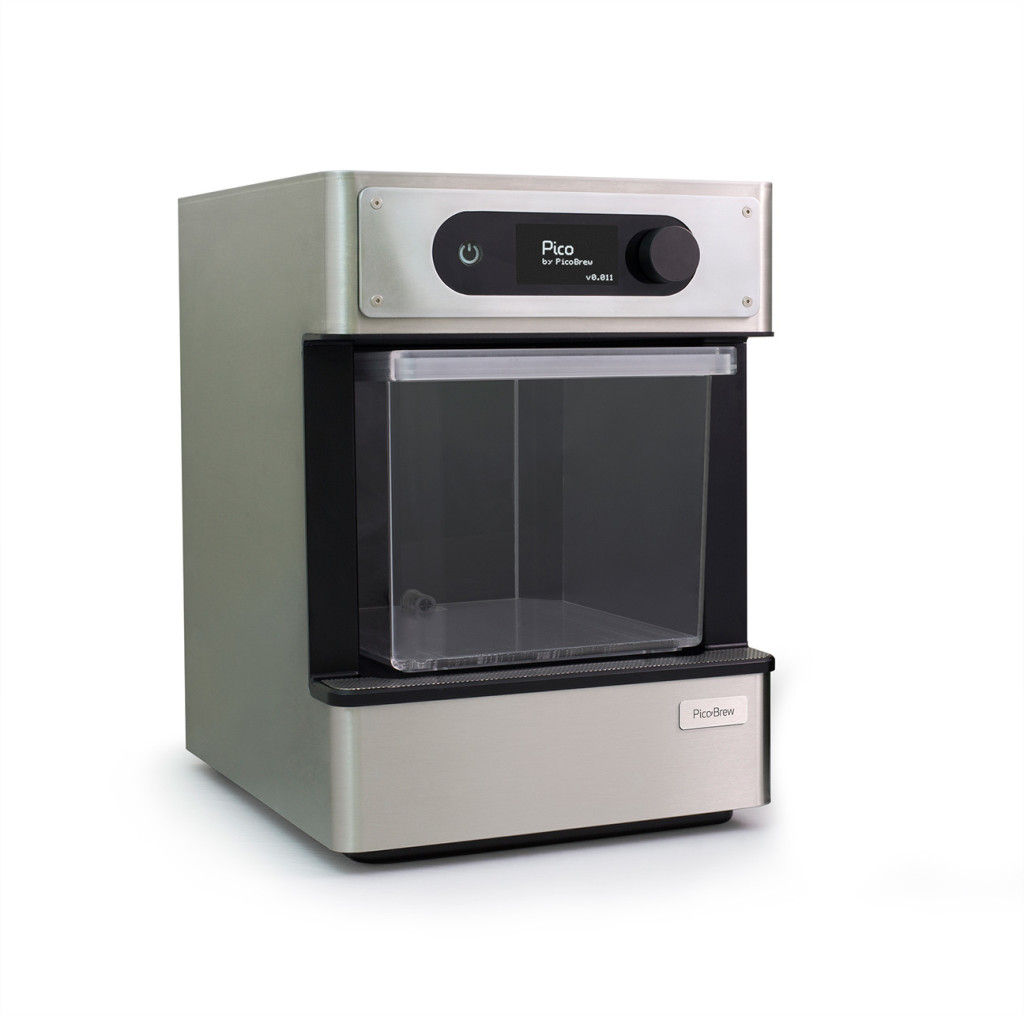How To Spend £2000 on Home Brewing
Starting any hobby means having an initial outlay to equip yourself. The beautiful thing about home brewing though is in the long run you’ll save money. Brewing your own beer for as little as 20p a pint is a huge saving compared to drinking in a pub and even supermarket beer.
What happens down the line though is you’ll want to upgrade, to make bigger batches or maybe just have shiny pots and electric switches. Have things gone too far though?
Table of Contents
Semi Automated Brewing Systems
There is a new breed of complete brewing systems hitting the market. Boasting more automation, digital control panels and even access to the internet!
Let’s face it some of these machines look great but are they really worth the price tags?
Is It Too Much?

First let’s take a look at the Spiedel Braumeister. I am not positive if these units are directly aimed at homebrewers but I have seen lots of talk about them in home brew forums.
The Braumeister comes in 10, 20 and 50 litres brew lengths with a 200 litre option presumably for commercial production.
The 20 litre and 50 litre units look the most suitable for the home brewer and the engineering looks top notch, the problem is though the unit will set you back £1200 for the 20 litre option and £1600 for the 50 litre option.
That isn’t everything you’ll need to brew beer though, the braumeisters will produce wort but that’s it. To actually finish a beer you’ll need to add a wort chiller, hop screen plus a fermenter which will need to be bought separately and set you back a further £150 – £170.
Will the unit make a better beer than just using a pot and burner or electric heated brewing kettle … I don’t think so.
The Braumeisters do have network connection though, which my brewpot doesn’t.
The Magpie Syndrome
I think it must be human nature to not settle for what you already have. To always be planning a new addition to the brewery, a larger brew length or some way to automate the process with PID controllers and switches.
A large part of the hobby that appeals to some is the equipment and the gear, planning elaborate setups with recirculation and heat exchanges and this is fine of course. That is just one aspect of the hobby, the main part for me though is making great tasting beer.
Making great tasting beer can be done in a plastic buckets at a fraction of the cost and with a lot more hands on approach which is what appeals to me.
The next product I want to look at is the Picobrew which I believe sells for $2000 in the US. This machine will produce wort with very little user input. It will control mash temperatures, add hops at timed intervals and all with hardly any interference from the brewer.
It’s $2000 though.
If you don’t want to do much during a brew day then I guess it’s the machine for you.
Can you really justify the expense?
The problem with some of these machines is they try too hard to automate something that in a lot of respects is very organic. Just like cooking the more time you take to prepare a meal and the more attention and love you give the ingredients the better the meal. It doesn’t matter so much what pots, pans and utensils you use as long as they fit the purpose.
The beauty of brewing is that beer can be made with very basic equipment that doesn’t have to cost a lot.
Take the cool box mash tun. A regular picnic cool box is still the most popular choice for a mash tun and most people already have a cool box gathering dust in the garage or shed that can be converted for brewing.
You can perform a single infusion mash in a cool box that will be just as effective as a stainless steel thermos pot that costs 4 times as much. You can even at a push do a step mash with hot water additions but that’s for another article.
Building electric control panels with automatic switches and temperature displays is a great project if you like electronics and looks cool but it doesn’t make better beer.
Visit most microbreweries in the UK and the only control panels you’ll find are the switches to turn on pumps and heat liquor or wort. Most of these are not automated, you’ll have to turn pumps on and off yourself.
Spend More on Controlling Fermentation
These expensive brewing systems all leave out the most important aspect of brewing beer and that’s fermentation.
If you have money to invest in your craft then fermentation is the most important part of the process to control. Creating the wort is the simple part, creating the ideal environment for fermentation is where you can get the biggest improvements in the quality of your beer.
Setting up a fridge with temperature control to keep the beer from getting too hot or cold is simple and doesn’t cost a lot to do. A simple temperature controller can be set to power the fridge to keep it in the exact temperature range you want for the beer you are brewing.
Is The Grainfather The Best Solution?
The problem with these new devices is primarily they cost so much. If you are looking for a complete solution to making beer though that hasn’t got such a high price then I think the best solution at the moment is the Grainfather. I am in no way affiliated with Grainfather, it is just the solution I would pick out of these new breeds of brewing systems.

The Grainfather will produce a wort ready for fermentation, it has a recirculating mash and will cool the wort with a built in wort chiller. The current price is £645 which I think offers the best value of all of these new all in one brewing devices.
If you do have some money set aside specifically for brewing then I think the Grainfather is currently the best choice. I can see it producing consistent results and has a good balance between hands on brewing with automation in terms of mash temperatures and controlling the flow of wort through the system.
Check out the Grainfather website for more specifications.
I still use a pot with elements in for a boiler and a coolbox mash tun and I’m more than happy with my beers.





Leave a Reply
Want to join the discussion?Feel free to contribute!